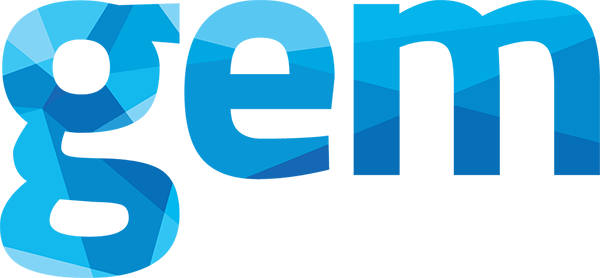How Thinking Like A Subscription Company Can Help Grow Your Business
Posted Tuesday February 21st, 2017 by Peter Kozodoy in Analysis + Strategy.This article originally appeared in Forbes.
The world is moving ever so swiftly towards automation, particularly with the rise of artificial intelligence (AI) and the internet of things (IoT). Imagine a time when your refrigerator can sense when you’re out of milk and simply add it to your existing Amazon subscription so that it shows up on your doorstep exactly when you need it. It’s not crazy because it would be cool; it’s crazy because we’re closer to approaching this reality.
The incredible transformation we’re experiencing now is what Zuora calls the subscription economy, and it’s going to be a powerful driver of consumer behavior within the next 10 years. Not only will such a movement create economic efficiencies (read: no waste), but the brands that adopt subscription principles will be positioned to dominate their industries in the future. At GEM, we recognize that this extraordinary pivot will change almost every business in the coming years. As a result, we’ve begun to specialize in subscription marketing. Since beginning that journey, we’ve been surprised to learn that nearly every business can benefit from looking at marketing from a subscription point of view.
To that end, here are three techniques that will grow your business by thinking like a subscription company:
Improve Current Clientele
Going in with a subscription-based mindset forces you to think about the data you need to keep customers ”subscribing” to your brand. To that end, the only way to move your worst-performing customers toward becoming best customers (who spend more, more frequently, with less taxation on the system) is to survey your entire list to see why certain customers are “good,” “great” or “best” customer prototypes. In other words: Why have they subscribed to your product, service or brand?
Obtaining this data is easier than you think. In fact, a simple digital survey can yield incredible results. Within any survey, you’ll want to include two parts: a numerical data point (like a net promoter score or something similar) and an open-ended question such as, “What do you like most about our brand, product and service?”
If you distribute the survey to segmented customer groups based on average customer spend or average spend frequency, for instance, you’ll know exactly why each customer segment behaves the way they do. Getting this data will help you design new, better ways to move all of your customers toward becoming ideal clients.
Subscription companies must think in terms of customer segmentation and improvement, or they risk losing market share every month. Even non-subscription companies can benefit from this line of thinking.
Improve Prospect Messaging
With your data acquisition and current customer improvement plan, you will have all the messaging you need to market to new customers. The key is to use authentic, testimonial-driven content from your best customers in this process. Your list segmentation exercise above should always consist of a question like, “What are all the different ways you use our product or service?” With that question, you’ll mine incredible use-cases that your internal team may not have even considered. Plus, by using authentic use-case stories about your products and services, you’ll automatically remove any “corporate” messaging from your branding.
Simply digitizing the word-of-mouth chain this way can produce incredible results across your customer base. At my agency, we have always known that our clients’ best brand strategies are already within them. Most subscription companies naturally mine this cycle better than non-subscription companies, because many non-subscription companies assume that they don’t need to re-market to existing customers.
Improve Retention
With list segmentation, data mining and great messaging, you’ll have all the tools you need to improve retention (or at a minimum, increase word-of-mouth efforts, if you’re truly a one-and-done type of business). One critical strategy to increasing retention is to use an easy-to-implement exit funnel. Here’s how it would work: If a customer takes an opt-out action (like reducing spend frequency, spend amount or literally opting out of a service), the customer would be automatically brought to a treasure trove of content that would make a strong case for staying.
There are two keys to an effective exit funnel: First, the content must be validated by a third party (like other customers) in order to authentically resonate. Second, the content must present your most effective and emotionally resonant use-cases for the product or service (for instance, “ten ways our customers are using this product or service to change their lives”). Variety is just as important as quality at the exit stage, because your case for staying will have to be that much stronger to overcome a customer’s mindset. Therefore, try to use a combination of copy, infographics and videos that tell a compelling narrative for staying engaged. With customer-driven use-cases, lead nurturing, exit offers and re-marketing efforts, you’ll be able to reduce attrition to near zero, if your product or service is truly exceptional.
Imagine what a cyclical, subscription-oriented program like this would do for your business. Subscription companies that risk death by a thousand cuts each month know this cycle intrinsically (admittedly, some implement this basic plan more than others). But non-subscription companies have the ability to use this same strategy to easily increase customer acquisition, decrease customer acquisition cost and increase retention — a triple win.
Tags
Scroll, or tap/click a list item to filter posts by that tag.
« Clever Creative: Statistically Speaking 2.0 1 Big Reason to Invest in Virtual Reality Marketing in 2017 »
